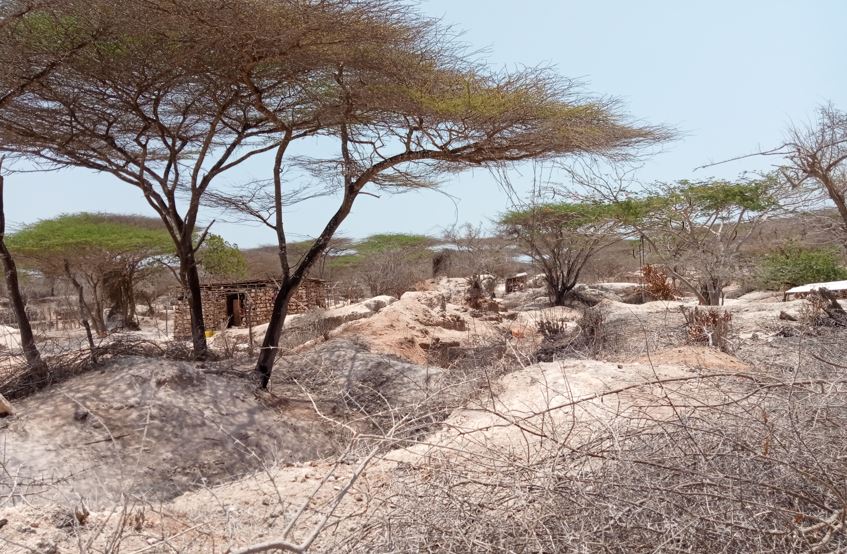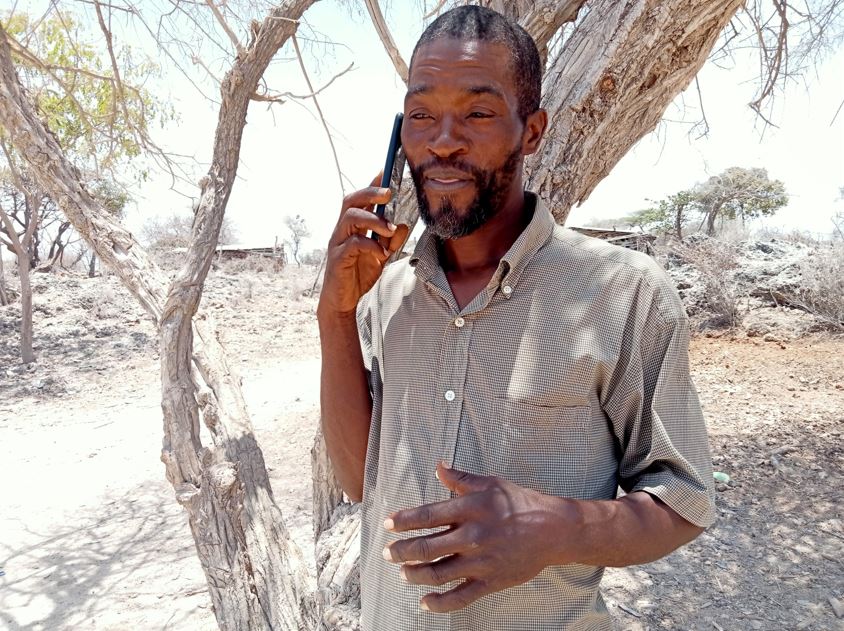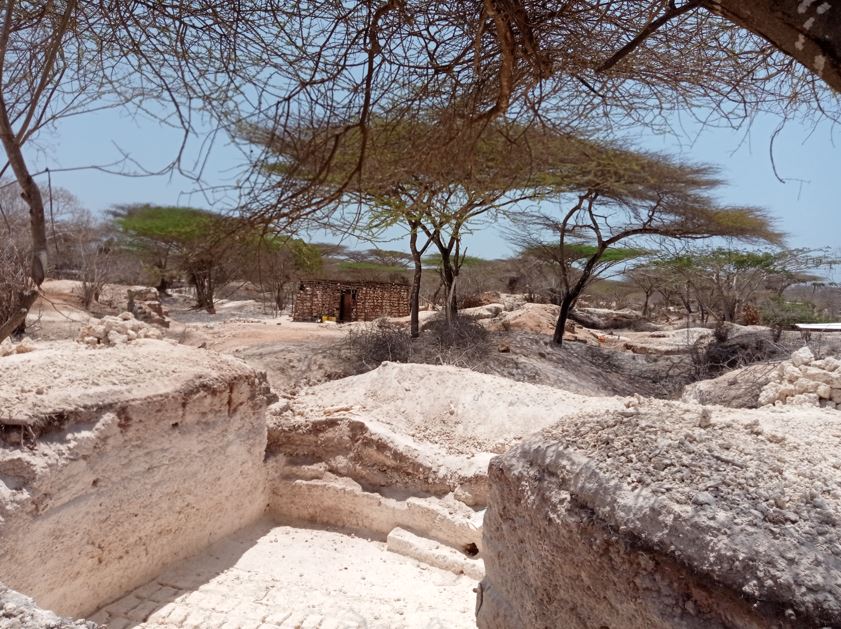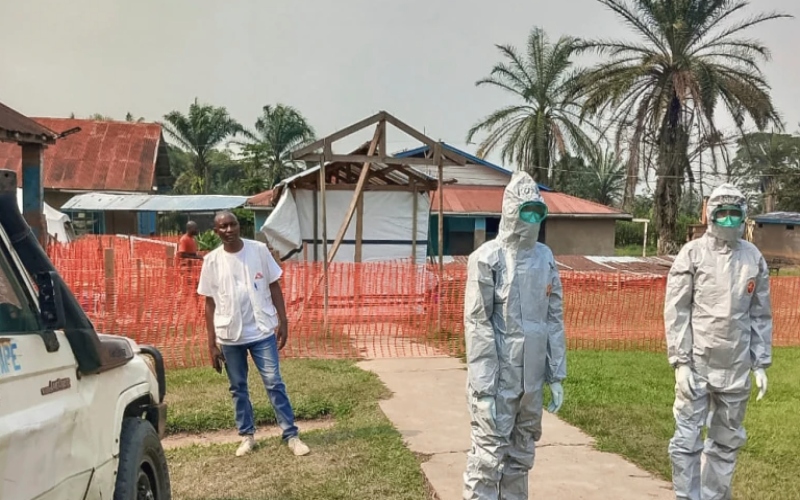Abandoned quarries pose significant threats in Lamu's remote island of Manda-Maweni

NEMA has now raised concern over the large number of abandoned quarries in the expansive village.
Ben Ojuok chips off a piece from a giant boulder in the scorching sun at a quarry in Manda-Maweni village in Lamu County.
The village in Lamu was founded by quarry workers in 1982 as they would come camping for several days on the island, harvesting stones, building blocks, marbles, and other construction materials before finally going back to other parts of Lamu to sell them.
More To Read
- Over 30 counties to receive Sh2.9 billion in mineral royalties after decade-long wait
- Murkomen orders arrests of commercial miners operating illegally in Turkana, West Pokot
- State bans quarrying activities in Malindi village after death of three people
- Audit exposes Sh759 million spending gaps in Mining Ministry
- 200 million in illegal minerals seized in Nairobi, Athi River raids
- Turkana County suspends gold mining site near school after public outcry
They later opted to clear bushes and establish homesteads within the village.
Today, Manda-Maweni has grown to become home to more than 2,000 people with the main economic activity being quarrying.
For people like Ojouk, it is either they risk death or suffer loss of income.
Tens of abandoned and degraded mines have been left open in the area, turning into death traps.
When The Eastleigh Voice toured the area over the weekend, small children could be spotted playing inside the quarries while others were jumping and running from one quarry to the other.
Ojouk who is also the Manda-Maweni Quarrying Cooperative Society chair said he has been advocating for the observance of safety regulations among the society members, adding that through various community initiatives, some abandoned mines have already been rehabilitated, by planting trees.
 Manda-Maweni Quarrying Cooperative Society chair Ben Ojuok. (Photo: Farhiya Hussein)
Manda-Maweni Quarrying Cooperative Society chair Ben Ojuok. (Photo: Farhiya Hussein)
Ojuok, however, cited the prolonged drought as a key hindrance to undertaking effective backfilling and planting of trees in those abandoned and degraded quarries.
“Through community mobilisation, we have successfully backfilled over five quarries and planted trees. We only do these activities during the rainy season. We have activities lined up but we can’t do them until the rainy season kicks in,” said Ojuok.
He also thanked the National Environment Management Authority (NEMA) and the Kenya Forest Services (KFS) for their cooperation in ensuring such activities are a success.
“KFS has on various occasions provided seedlings and sensitised us on how we can plant the seedlings in these abandoned quarries and that has worked. NEMA has also been cooperating with us on the same,” said Ojuok.
Protective gear
Nancy Irungu, a woman stone miner, called on the devolved government and well-wishers to intervene and provide the poor quarry workers with protective gear.
Irungu, 55, and a mother of 11 has been in the stone mining business for over 30 years.
“As NEMA seeks to regulate our activities here, let them also consider providing us with protective gear. We need at least gloves and masks to curb respiratory and skin ailments. The devolved government should also help us since they are collecting revenue from our activities daily,” said Irungu.
 A view of an abandoned quarry in Manda-Maweni, Lamu County. (Photo: Farhiya Hussein)
A view of an abandoned quarry in Manda-Maweni, Lamu County. (Photo: Farhiya Hussein)
NEMA has now raised concern over the large number of abandoned quarries in the expansive village.
NEMA official and environmental expert James Kamula noted that most of the miners in the Manda-Maweni area tend to leave the exhausted mines exposed contrary to the environmental regulations.
Kamula however cited challenges on the part of NEMA in regulating the stone miners at Manda-Maweni village, adding that their activities are conducted only on a small-scale basis.
He said the environmental watchdog has already initiated talks with the Ministry of Mining that seeks to have the stone miners form groups or cooperative societies.
“Small-scale mining activities are a challenge for NEMA to regulate. We’re in engagements with the Ministry of Mining. We want the miners to be encouraged to form groups or cooperatives before obtaining permits for their activities. Once that’s done, NEMA can easily come in to regulate the miners’ activities at Manda-Maweni,” said Kamula.
“When miners are in groups that means they will be required to obtain permits for specific mining sites. Once such sites are over, they will have to backfill them first before moving to new sites, especially after fulfilling all the NEMA regulatory requirements. Currently, we can’t regulate them and that’s why there’s the careless behaviour of leaving open quarries that are possible death traps for the residents.”
Top Stories Today














































